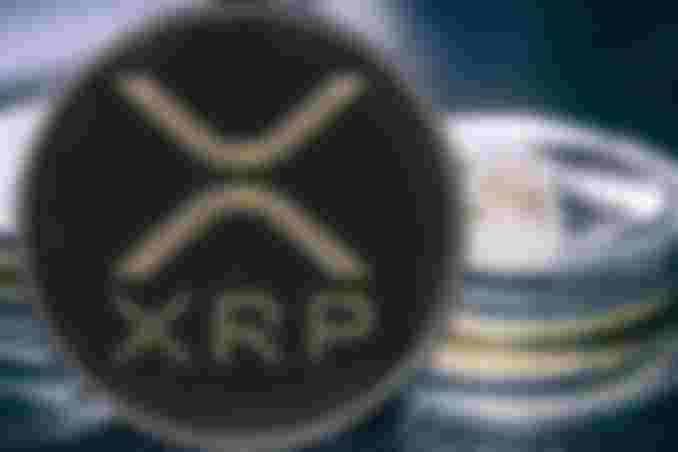
Ripple is a cryptographic digital currency built on the XRP Ledger. The ledger uses a decentralised system of governance and has over 150 validators spread across the world. Without a central authority in charge, transactions are fast and cheap.
Enough cannot be said about the potential of Ripple to take over the financial system in the future. Already, XRP is threatening the dominance of SWIFT in cross border money transfer. They have been working with the government to ensure that regulations will be met stitched with the rules of the state. This write-up will show you basic need-to-know about Ripple, as well as explaining it's growth potential.

Now the question is ; what is ripple, ripplenet and why it is tied to XRP?
Ripple is a form of cryptocurrency that was built on the XRP ledger which runs on Ripplenet platform to process fast cross boarder payment. RippleNet uses the XRP token as a go-between to hasten the exchange of fiat currency without suffering slippage. Now if we compare transactions between BTC against XRP, XRP can process transfer on an average of 4 seconds compared to 10 minutes with BTC. XRP was also deemed faster than the current Swift system of cross boarder transactions hence investors call this a banker's coin(not sure if it's correct tho).

Now how XRP is different from other cryptocurrencies? XRP Ledger utilise another form of consensus, in this case, called the Ripple Protocol Consensus Algorithm (RPCA). Ripple forged it's system of consensus for seven years of equilibrium that built more than 150 node network to achieve agreement and correctness (consensus). Within those years, the developers have been able to expand RippleNet’s capacity such that it offers on-demand liquidity to it's clients which makes global payments faster and cheaper.
Now why XRP will rule them all? We all know that the XRP Ledger take under 4 seconds to complete. Thanks to Ripple’s network of validators stationed in every continent transactions was never this fast.

RippleNet also eliminates pre-funding requirements when it comes to exchanges and remittances of cash. As a result, transactions are confirmed almost instantly. Also, the immutability of details posted on the XRP Ledger has improved transparency around international payments. Ripple can handle up to 1,500 transactions per second around the clock. This is incredible considering the average transactions per second (TPS) on rival networks such as Bitcoin is 5. XRP consumes only 0.0079 KWh per transaction compared to Bitcoin's transaction takes 1,544 kWh to complete, or the equivalent of approximately 53 days of power for the average US household.

Ripple developers have determined that RippleNet is scalable to handle the same TPS as VISA, which stood at 65,000 as of July 2019. Therefore, XRP is not only capable of offering transparency and cost-effectiveness but also offers high TPS.
Another thing that gives a cryptocurrency value is that it solves problems that consumers and businesses alike have grappled with for years. While consumers want convenience and lower transaction costs, businesses want faster transaction speeds. RippleNet achieves these and it can do better. Undoubtedly, Ripple will play a greater role in international payments, especially if the world continues to shift towards digital payments.

Thank you for reading if you like the article and you are an XRP fan, it would be an honor to receive a generous support from you and I will make a follow up on XRP and the on going SEC case. Thanks a lot!





